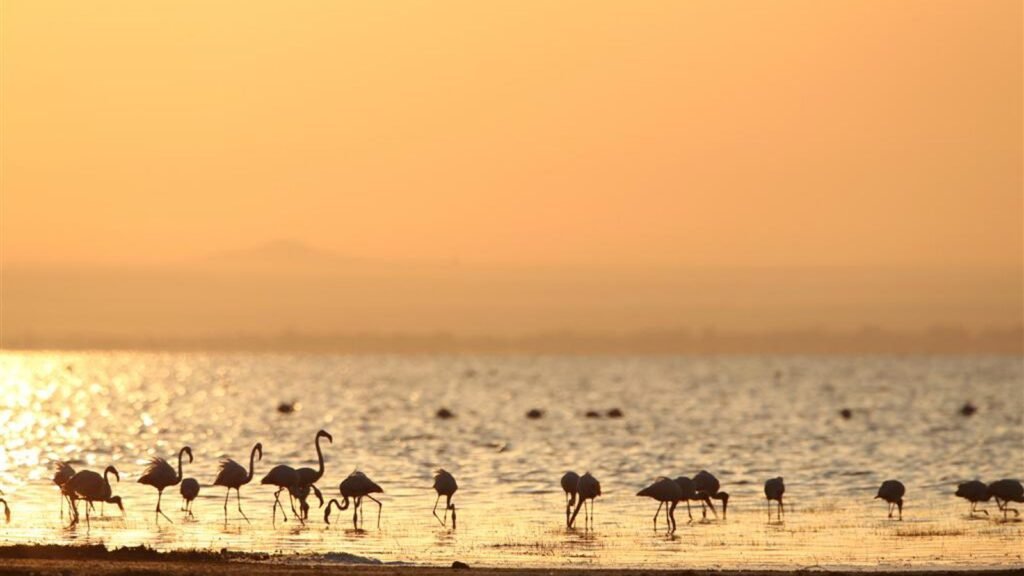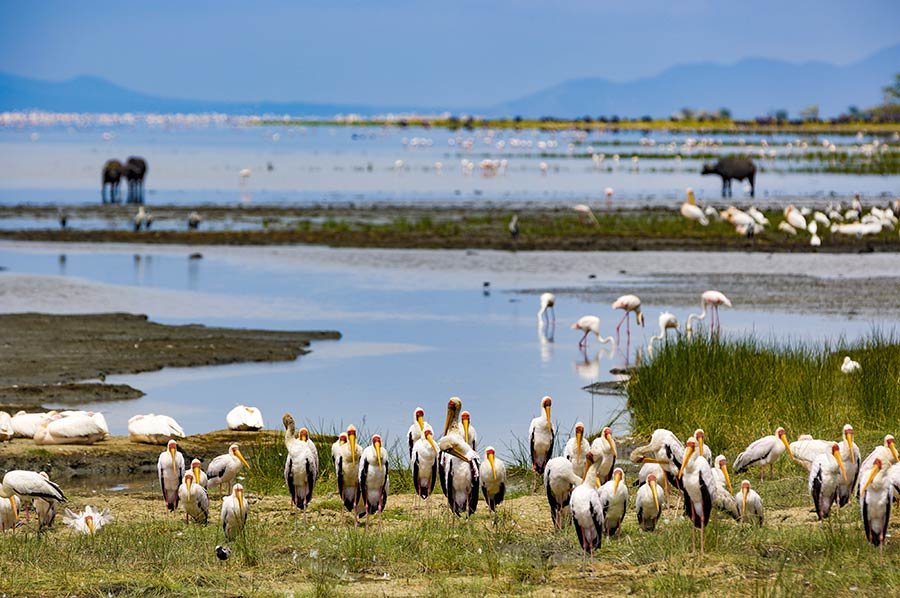Lake manyara
Lake Manyara
Where Wildlife Meets Scenic Wonder!
Lake Manyara, located at the base of the Great Rift Valley, is known for its stunning landscapes and diverse wildlife. The lake is a habitat for flamingos, pelicans, and other bird species, and the surrounding area is home to tree-climbing lions, elephants, and giraffes. Visitors can enjoy game drives and birdwatching while taking in views of the Rift Valley escarpment.
Lake Manyara, located at the base of the Great Rift Valley, is famous for its diverse wildlife and scenic beauty. The lake attracts a variety of bird species, including flamingos and pelicans, and the area is home to tree-climbing lions, elephants, and giraffes. Visitors can enjoy game drives and birdwatching while taking in breathtaking views of the Rift Valley escarpment.
What You'll Experience
Explore the diverse habitats of Lake Manyara, from dense forests to open savannahs. Game drives offer the opportunity to spot wildlife such as tree-climbing lions, elephants, giraffes, and hippos. These drives provide a close-up view of the park’s abundant wildlife in their natural habitat.
Lake Manyara is a paradise for bird enthusiasts. The lake attracts a wide variety of bird species, including flamingos, pelicans, storks, and various waterfowl. It’s a great spot for both novice and experienced birdwatchers to observe these vibrant creatures in action.
Enjoy breathtaking views of the Rift Valley escarpment, which offers a stunning backdrop for your visit. This area is known for its beautiful landscapes, with the escarpment providing a dramatic contrast to the open plains and lush forests below.
Spend some time at the lakeshore to unwind and take in the peaceful surroundings. The lake’s tranquil waters provide a perfect setting for relaxation, where you can enjoy a picnic, watch the sunset, or simply take in the view.
For a unique experience, join a nocturnal safari to discover the park’s wildlife after dark. Spot creatures like leopards, aardvarks, and civets that are active at night, providing a different perspective of the park’s diverse ecosystem.
Need Help?








